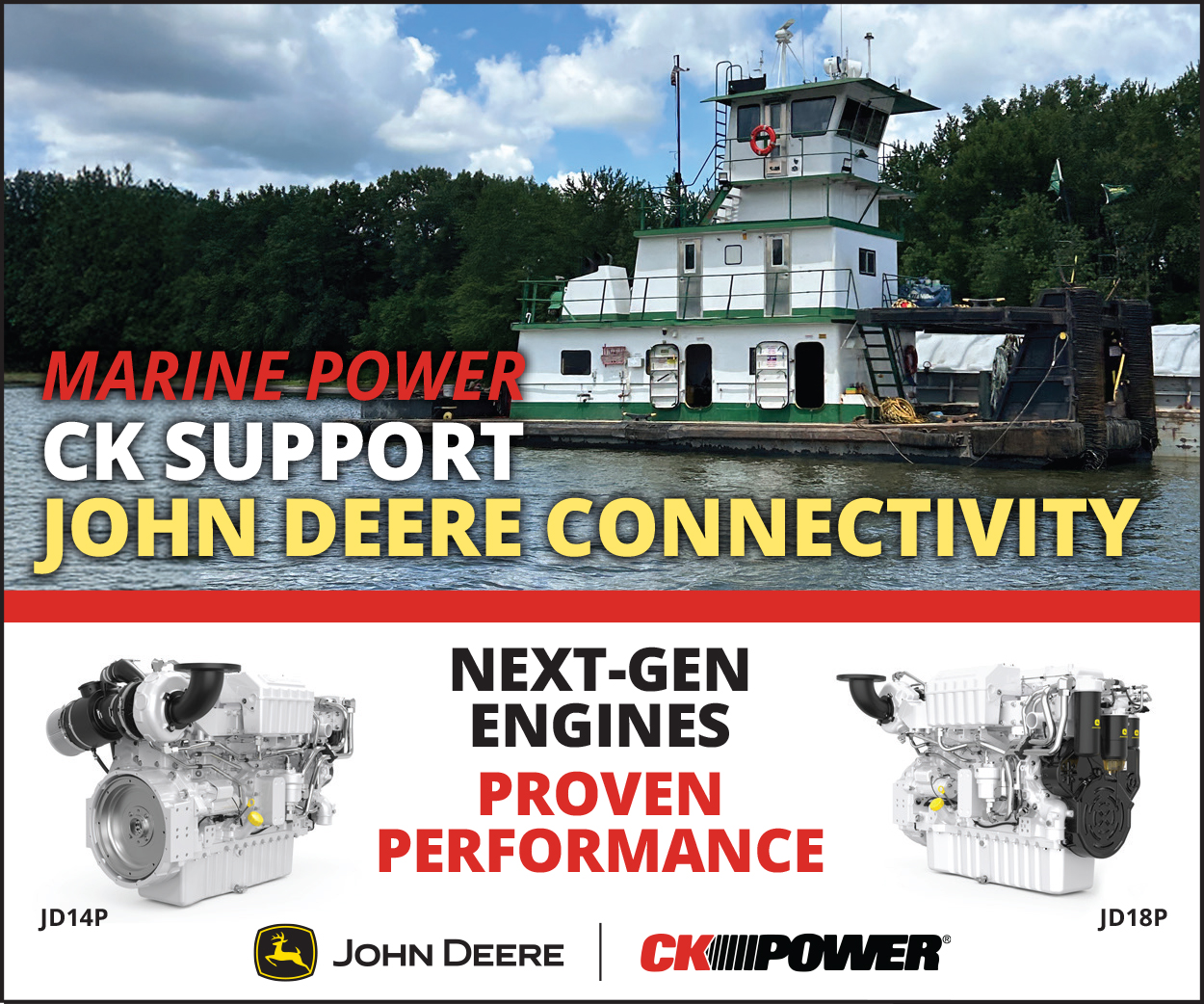Damen Delivers Dredge Amoris to Antwerp
In the last week of November Damen dredging delivered the cutter dredge Amoris to the Port of Antwerp. Damen built the custom dredge in 14 months to work in the polluted silt treatment plant of SeReAnt–Sediment Recycling Antwerp a joint venture of DEME Environmental Contractors and Envisan the environmental subsidiaries respectively of Dredging International and Jan de Nul.
The stationary cutter suction dredge with its 450 mm (app. 17.7 inch) discharge diameter was designed to customer specifications for its unique purpose.
It is fitted with four spuds two in hydraulic spud carriages to allow the dredge to move forward without interrupting the dredging process.
The heavy duty cutter ladder swings by means of hydraulic cylinders rather than wire ropes. The entire dredge is electrically driven with total power of 15.75 kV at 1.800 kVA. The dredge pump capacity for both the cutter action as well as the barge unloader is some 3000 cubic meters per hour (3924 cubic yards per hour). The fully automated dredge features dredge pump capacity control swing ladder control and automated coupling to the shore-based treatment plant.
The dredge was completed in a short time frame because of the tight planning of the silt processing plant. Damen succeeded in meeting this planning due to the excellent cooperation within the Damen Group. All design dredging components and coordination work was done by Damen Dredging Equipment. The hull was built at the Polish Damen yard in Kozle. The completion of the dredge was done at another Damen yard–Maaskant Stellendam.
After a full program of dredging tests the Amoris was handed over to its owners and by December had started its productive life on the Antwerp super project.
ABOUT THE PROJECT
In order to guarantee sufficient draft in the Port of Antwerp for the coming decades the Flemish government and the Port of Antwerp launched one of the largest silt dredging and treatment projects in the world. The project called AMORAS covers the process from dredging to responsible storage of the contaminated material of which high volumes must be dredged and stored annually.
AMORAS stands for “Antwerpse Mechanische Ontwatering Recyclage en Applicatie van Slib” translated as “Antwerp Mechanical Dewatering Recycling and Application of Silt.”
The process begins with one of the existing Port of Antwerp dredges depositing silt and sludge in a closed part of the harbor–the under water depot.
The dredge Amoris is located in the underwater depot and pumps the contaminated sediment continuously to a shore-based plant where the sand is reclaimed from the sludge. The silt is then pumped to settling tanks where it dewaters to decrease volume. Then two Damen DOP pumps fitted with auger heads pump the material to a plant where the fully dewatered silt is pressed to filter blocks. (See Damen Delivers Customized DOP Pumps to Antwerp Belgium IDR November/December 2010 page 24.)
These dry filter blocks are stored on land for future use in infrastructural works and other applications.



